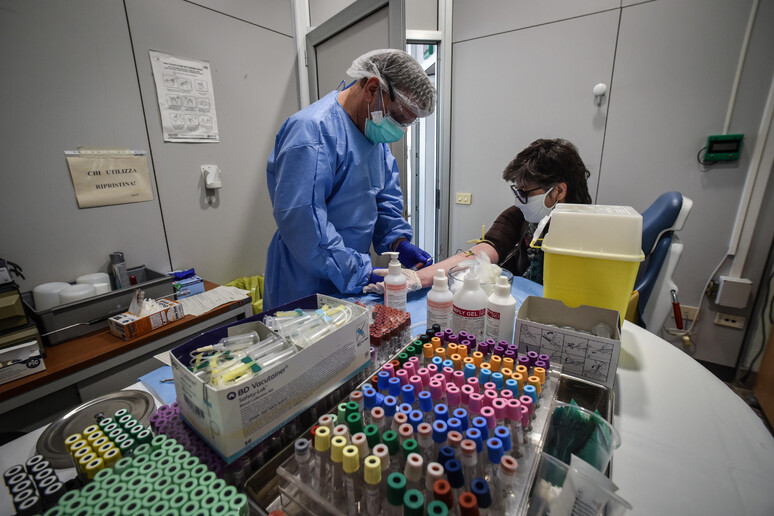The coronavirus epidemic "started much earlier" than previously thought in Lombardy and other parts of northern Italy, "definitely in January and perhaps even before that", according to a press conference given by Italy's Higher Health Institute (ISS) on Friday about the spread of COVID-19.
The institute stressed that, in terms of contagion, the highest concentration of cases in Italy were in "residential care homes, at the family level and at work".
Furthermore, it said that "cases among women increased" in April. According to a preliminary study on the sources of infection conducted by the ISS, of some 4,500 cases between April 1 and 23, 44% occurred in a care home, 24.7% in the family sphere, 10.8% in hospital or a clinic and 4.2% in the workplace.
ISS President Silvio Brusaferro said that: "the curve shows that the number of people with symptoms is falling, but there are still cases, although they are in decline.
"The use of swabs is increasing. The number of people with no symptoms or those who have minor pathologies is increasing and the number of patients in a critical condition is decreasing".
He said the next next task is to "keep the R0 contagion index below 1: if it should rise back above 1, the curve would start growing again, with large numbers of deaths and people in intensive care again".
Health Minister Roberto Speranza said that the coronavirus infection curve "has dropped and we can look to the future with confidence, but with caution too". He said "there are the necessary conditions to plan for tomorrow, but with our feet on the ground of today's situation.
"The virus is still circulating in our country, so we mustn't think that the battle has been won".
The hospital at Codogno, in Lombardy province of Lodi, where Italy's first coronavirus patient was admitted two months ago, meanwhile, reconverted its orthopaedical ward, which had been used to house virus patients, into a COVID-free ward.
As a result, the number of places for coronavius patients will go down from 82 to 72.
ALL RIGHTS RESERVED © Copyright ANSA











